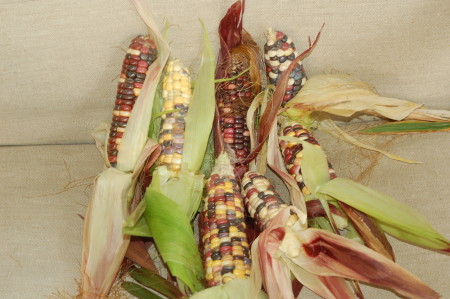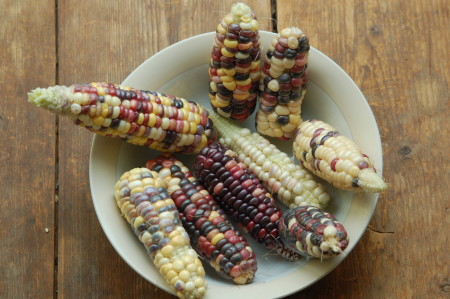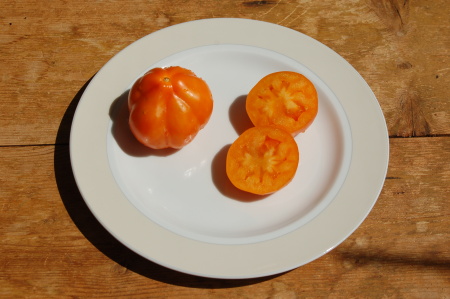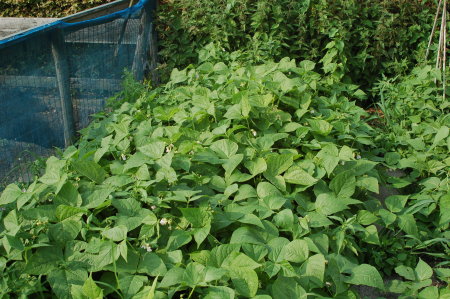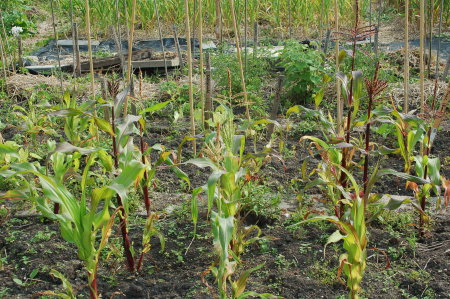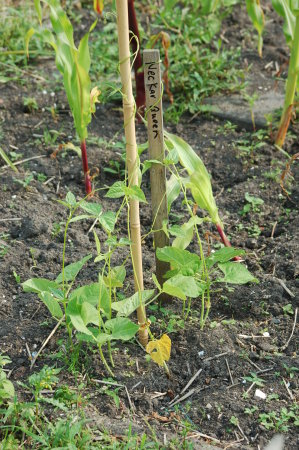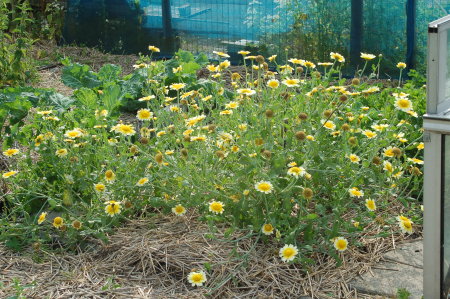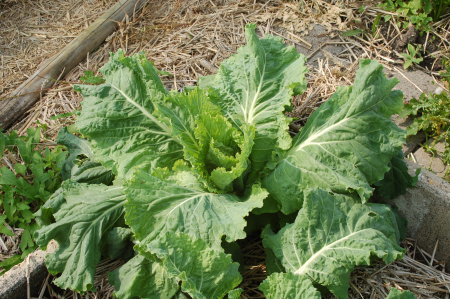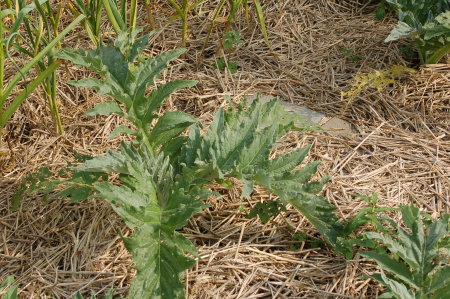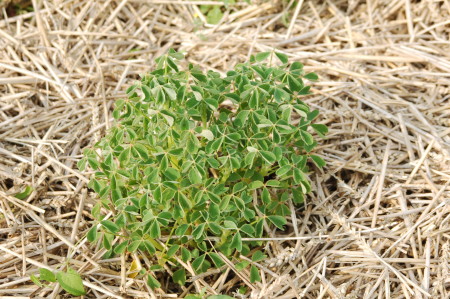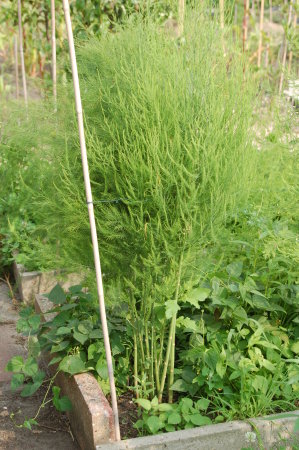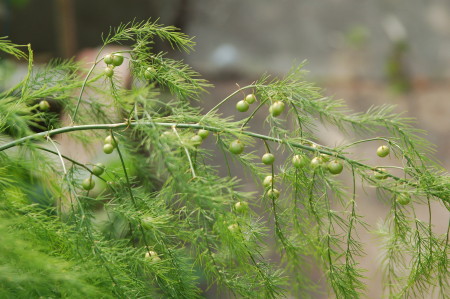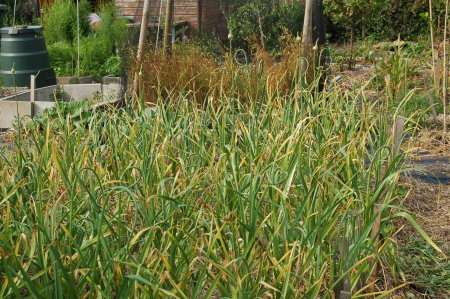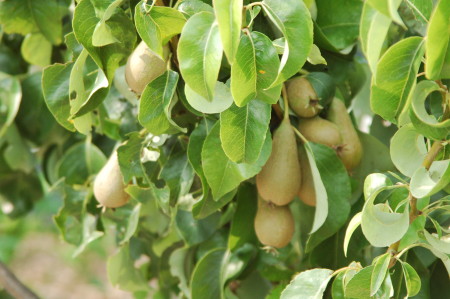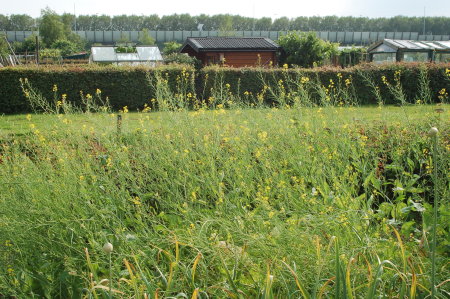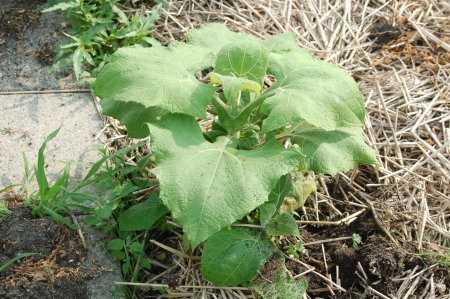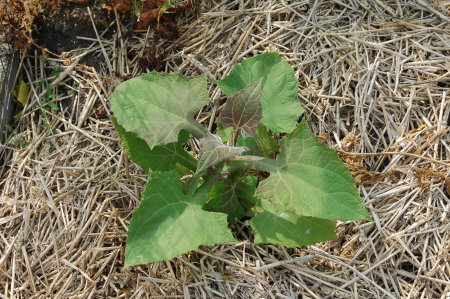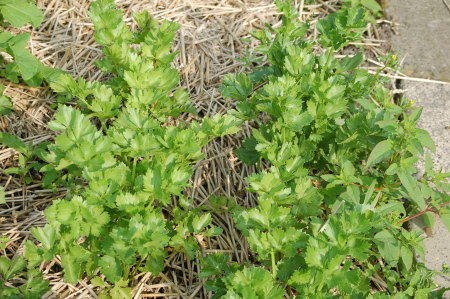
In the past I’ve noticed occasional sunscald on my tomatoes. I don’t have a good picture of this right now, but you can see the parts of the fruit exposed to the sun get a little discolored, but usually not so badly it can’t be cut off before eating.
This year was really something else! The fruit of most tomatoes grown in a very sunny spot got sun scald, and I also noticed it on the leaves of my plants. I guess in past years I’ve seen it on my plants too, but I didn’t really realize what it was, and it was never too serious. This year sunscald has been killing some of my tomatoes.
The picture above you can see a particularly bad case, with the leaves turning a purplish color with exposed veins, and the leaves dying on the edges.
Plants in partial shade are less affected, but of course are maturing more slowly with less light.
Is this just a result of our deteriorating ozone layer? Was this particularly bad over northern Europe this year? Did anyone else notice this?
What about solutions? I remember seeing Mike on PlanBe blog in SA mention he has this problem as uses 10% shade cloth. I don’t particularly know where to buy this, or have any experiences with it. Does anyone have an opinion on this?
I asked Lieven, in Belgium, if he had noticed anything this year. He said his greenhouse glass is partly opaqued, and therfore the light is dispersed so he never has this problem. Does anyone have any experiences with this in a greenhouse?
In the meantime, with blight outbreaks in the eastern US, as well as neighboring countries here, there’s no sign of blight on my plants… I hope some of them survive to get blight!
I should add the sun seemed brighter than usual this year, and I had to limit time in the garden because of it’s strength.


